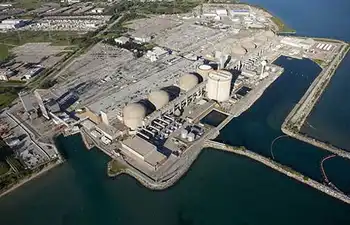Only funding needed to electrify railways
CANADA - Currently, the main impediment to railway electrification is the amount of capital needed to make it happen, even with the positive return on the investment, which is probably higher now than ever before.
The model suggested above of 24,800 kms of electrified single track would require an investment in the order of $7.5 billion.
An innovative method of financing, such as a PPP (Public Private Partnership) or a system of outside guarantees for the infrastructure assets, should be considered because the investment is beyond a reasonable size to add to the balance sheets of the railways, even though the payback would be achieved in less than 10 years.
The railways would save more than $1.4 billion annually in energy costs.
With the growth of electric power generation from wind turbines in Alberta, Saskatchewan, Quebec and Nova Scotia, and the abundant hydro power available in Quebec, non-fossil fuel electricity generation is now available in every province in Canada.
Wind energy can be purchased through the provincial electrical grid for delivery to almost any load within that grid. Thus, additional loads such as railway electrification do not imply substitution of one form of fossil fuel, diesel, to another one such as coal or residual fuel oil to generate the electric power.
Railway electrification is an environmental bargain that offers long term security of affordable transportation for our Canadian industry, agriculture and natural resources.
Related News

Washington County planning officials develop proposed recommendations for solar farms
WASHINGTON - Incentives for establishing solar farms at industrial spaces instead of on prime farmland are among the ideas the Washington County Planning Commission is recommending for the county to update its policies regarding solar farms.
Potential incentives would include tax breaks on solar equipment and requiring developers to put power-grid connections and line extensions underground, Planning Commission members said during a Monday meeting.
The tax break could make it more attractive for a developer to put a solar farm on a roof or over a parking lot, which could cost more than putting it on farmland, said Commission member Dave Kline,…




